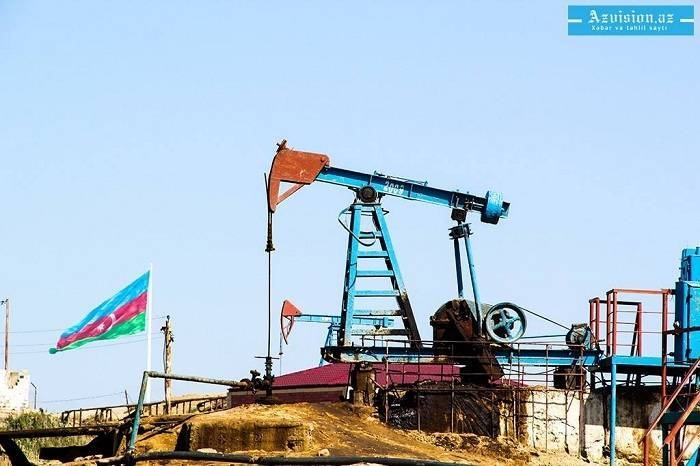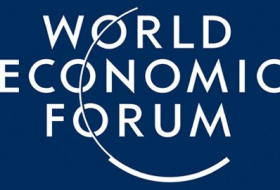Brent crude LCOc1 futures rose $1 to settle at $82.72 a barrel. The session high of $82.87 was the contract’s highest since Nov. 10, 2014. In the third quarter, Brent has gained about 4 percent.
U.S. West Texas Intermediate (WTI) crude CLc1 futures rose $1.13 to settle at $73.25 a barrel. The session high of $73.73 was the highest since July 11. The contract is up about 5 percent this month but down around 1 percent for the quarter.
A new round of U.S. sanctions on Iran, the No. 3 producer in the Organization of the Petroleum Exporting Countries (OPEC), kicks in on Nov. 4.
“Potential for a supply shock because of declining oil production in Iran and Venezuela will remain bullish on oil prices, and the second round of U.S. sanctions on Iran in November will further support the sentiment,” said Abhishek Kumar, senior energy analyst at Interfax Energy in London.
Amid concerns about supply shortages, hedge funds raised their combined futures and options position in New York and London by 3,728 contracts to 346,566 in the week to Sept. 25, the U.S. Commodity Futures Trading Commission said.
Washington is demanding that buyers of Iranian oil cut imports to zero to force Tehran to negotiate a new nuclear agreement and to curb its influence in the Middle East.
China’s Sinopec Corp is halving loadings of crude oil from Iran this month, as the state refiner comes under intense pressure from Washington, said people with knowledge of the matter.
However, India, another top buyer, is committed to buying oil from Tehran, the Iranian foreign minister said.
Other OPEC countries have been boosting production, but global inventories have still been falling, analysts said.
Saudi Arabia is expected to add oil to the market to offset the drop in Iranian production. Two sources familiar with OPEC policy told Reuters Saudi Arabia and other OPEC and non-OPEC producers had discussed a possible production increase of about 500,000 barrels per day (bpd).
However, ANZ said in a note that major suppliers were unlikely to offset losses from sanctions, estimated at 1.5 million bpd.
At its 2018 peak in May, Iran exported 2.71 million bpd, nearly 3 percent of daily global crude consumption.
Looking to 2019, Saudi Arabia is concerned that rising U.S. shale production could create another glut, especially if a stronger dollar and weaker emerging market economies reduce global demand for oil, sources familiar with OPEC policy say.
U.S. crude production rose 269,000 bpd to a record 10.964 million bpd in July, the U.S. Energy Information Administration said in a monthly report.
However, drillers cut three oil rigs in the week to Sept. 28, General Electric Co’s (GE.N) Baker Hughes energy services firm said on Friday. New drilling has stalled in the third quarter with the fewest additions in a quarter since 2017 due to pipeline constraints in the nation’s largest oil field.
The Permian Basin is forecast to produce 3.5 million bpd in October, just below output from Iran, OPEC’s third largest producer.
Reuters
More about: Brent















































